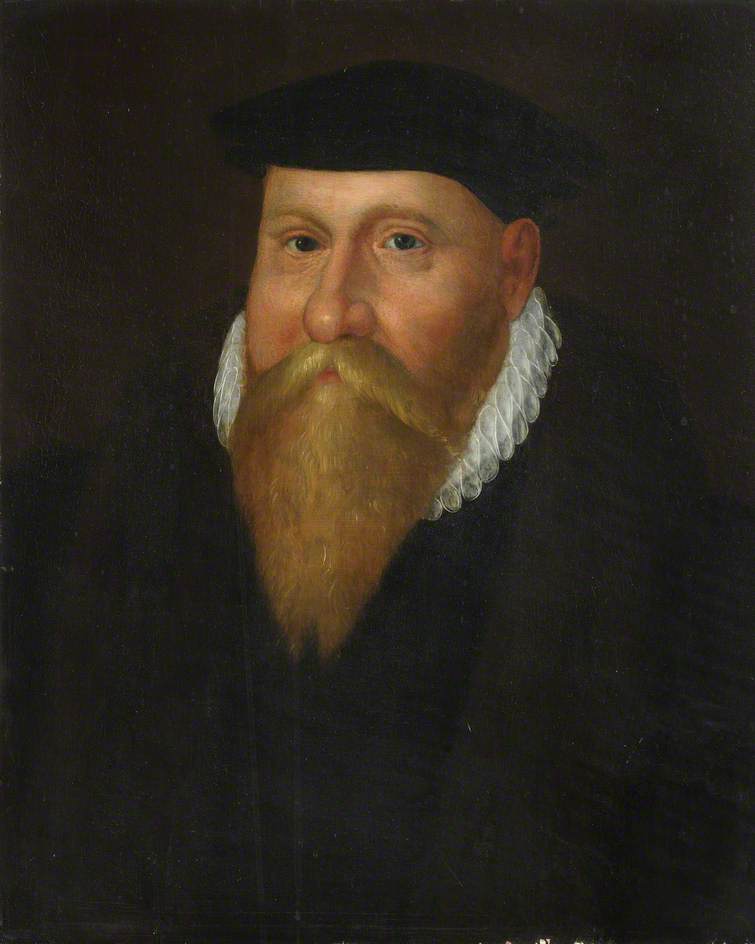The Smythes lived in Corsham during the reign of Henry Vlll. John Smythe was a farmer and clothier, and when he died in 1538 he left his wife a mill. His eldest son John inherited the rest of his property, with the exception of a farm in Amesbury, valued at about £20 per year, which was bequeathed to his second son Thomas. It is believed that Thomas was about sixteen when his father died, and he seems to have been rather a restless teenager – perhaps he found life in Corsham a little slow, so much so that he disposed of his lands and took himself to London, where he started his own business.
His ability to make money obviously paid dividends, and he must have been mixing in the right circles, because during the reign of Queen Mary, he became a Customs Officer.
When he was about thirty-three, he took himself a wife, Alice Judde, the daughter of a Lord Mayor of London – Sir Andrew Judde. The couple lived at Ashford Manor, Kent, and had twelve children.
Queen Elizabeth I confirmed his appointment as Customs officer, and he remained in the post for about eleven years. However, he seems to have upset the Queen when there appears to have been a discrepancy in the revenue of some £6,000 (of course collecting taxes was an on-going problem at that time, just as it seems to be now). With the help of his friend Sir William Cecil, who was chief advisor to the Queen for most of her reign, he managed to avoid imprisonment and remained in the Queen’s employ. He was later granted the charge of the Customs of the Ports of London, Chichester, Sandwich, Southampton and Ipswich.
With his increased wealth, Thomas ‘diversified’ into the mining industry of Cornwall and the lead mines at Perrin Sands, while also enthusiastically assisting the likes of Sir Walter Raleigh to fit out ships for the exploration of unknown lands.
But Thomas did not forget his family roots: he bought Corsham House (Court) in 1575 and built the present house in 1582. The central section of the south front, including the porch and the entrance block from Church Square, is all that remains visible today. In 1602 the property passed to his son Henry, and later that year it was sold to Sir Edward Hungerford. Edward died in 1607, and the estate passed to the next Edward, his great nephew. This is the Edward who married Margaret Halliday in 1621, and it is believed they decided to live at Corsham House at about this time. Edward died in 1648, but his wife Margaret remained in residence until her death in 1672, during which time (1668) she built the Almshouses and Free School.
For a small town, we do seem to have many interesting connections!
Pat Whalley
Sources
J.F. Wadmore, ARIBA: Thos Smythe of Westhanger
Ernest Hird: The Lady Margaret Hungerford Almshouse
James Methuen-Campbell: Corsham Court Guide.
